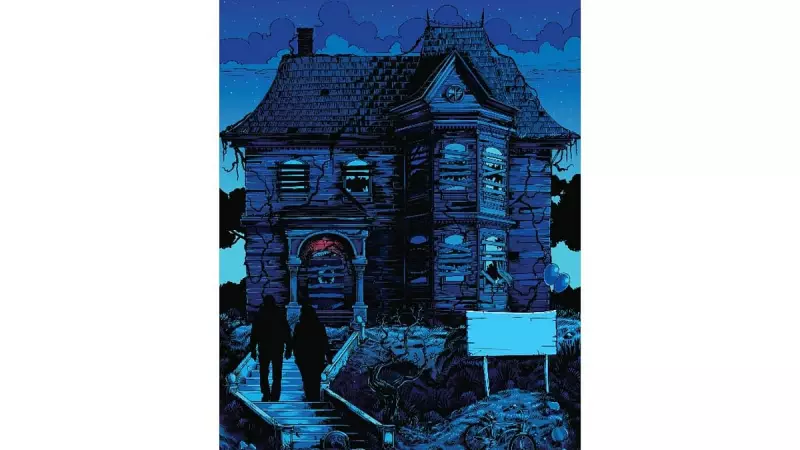
In an astonishing twist of fate that seems straight out of an adventure novel, a group of hikers wandering through Scotland's majestic Highlands stumbled upon what experts are calling one of the most significant archaeological finds in recent memory. What began as a simple wrong turn evolved into a historic discovery that's rewriting our understanding of ancient Scottish civilizations.
The Accidental Discovery That Changed Everything
The story unfolds with a hiking expedition that took an unexpected detour through the rugged terrain of the Scottish Highlands. While navigating the challenging landscape, the group noticed unusual stone formations that stood out from the natural surroundings. Their curiosity piqued, they documented the site and reported their findings to archaeological authorities.
Unveiling Ancient Secrets: The 4,500-Year-Old Burial Cairn
Archaeologists from leading Scottish institutions quickly descended on the location, and their preliminary assessments confirmed the extraordinary nature of the discovery. The site represents a well-preserved burial cairn dating back approximately 4,500 years to the Neolithic period. This places the structure contemporary with some of Scotland's most famous ancient sites, including the Standing Stones of Callanish and various Orkney monuments.
The cairn's construction reveals sophisticated ancient engineering techniques, with carefully positioned stones forming a chamber that has remarkably withstood millennia of Scottish weather. The positioning suggests the builders possessed advanced knowledge of astronomy and landscape alignment, characteristics shared with other significant Neolithic sites across Britain.
What Makes This Discovery So Special?
Several factors distinguish this Highland discovery from other archaeological finds:
- Exceptional Preservation: Unlike many ancient sites that have been disturbed over centuries, this cairn remained largely intact and undisturbed
- Remote Location: The challenging Highland terrain protected the site from modern development and interference
- Historical Context: The find provides new insights into the spread of Neolithic culture across Scotland's most inaccessible regions
- Modern Discovery Methods: The combination of traditional exploration and modern reporting demonstrates how everyday citizens can contribute to archaeological science
The Archaeological Significance
Professor Alistair McIntyre, a leading Scottish archaeologist involved in the site assessment, emphasized the discovery's importance. "This cairn represents a missing piece in our understanding of how Neolithic communities inhabited and utilized the Highland landscape. The sophistication of construction in such a challenging environment speaks volumes about the capabilities of these ancient people."
The discovery is particularly valuable because it shows that significant Neolithic activity extended into areas previously thought to be less populated during this period. This forces archaeologists to reconsider settlement patterns and cultural spread across ancient Scotland.
What Happens Next?
Archaeological teams have begun detailed surveys and limited excavations to better understand the site without disturbing its integrity. The process includes:
- Comprehensive mapping and 3D scanning of the entire structure
- Soil sampling and environmental analysis to reconstruct the ancient landscape
- Careful examination of any artifacts that may provide dating evidence
- Collaboration with local communities to determine long-term preservation plans
The Scottish Heritage Commission has already initiated proceedings to grant the site protected status, ensuring that this accidental discovery will be preserved for future generations of researchers and visitors alike.
The Bigger Picture: Accidental Discoveries in Archaeology
This Highland discovery joins a proud tradition of accidental archaeological finds that have transformed our understanding of history. From the famous Dead Sea Scrolls discovered by a wandering shepherd to the Lascaux caves found by French teenagers, some of archaeology's most important breakthroughs have come from unexpected sources.
"This discovery serves as a powerful reminder that history surrounds us," notes Dr. Priya Sharma, an Indian archaeologist specializing in ancient civilizations. "It shows how important it is for all of us to maintain curiosity about our surroundings and report unusual findings to proper authorities."
The Scottish Highlands continue to reveal their secrets, proving that even in our modern, well-mapped world, there are still discoveries waiting to be made by those willing to venture off the beaten path.





